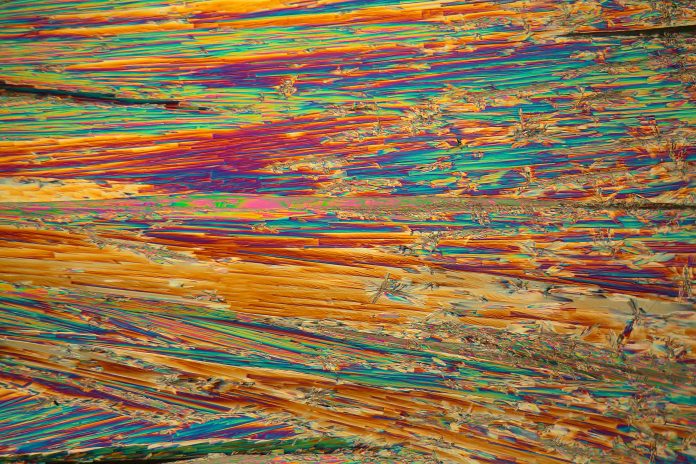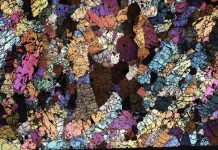A new approach to high-performance magnet manufacturing may help Europe on its transition towards net-zero carbon so that it is less dependent on rare earth elements
Supported by the EU-funded ExtendGlass project, scientists believe they may have found a new way to make the high-performance magnets we need for our low-carbon technologies.
Europe almost exclusively dependent on China for rare earth elements
The best permanent magnets available today contain rare earth elements; according to the research, this new approach will eliminate the need for these elements, which Europe is currently almost exclusively dependent on China.
This has led to concerns about continued rare earths supply as geopolitical tensions between China and the West grow.
“Rare earth deposits exist elsewhere, but the mining operations are highly disruptive: you have to extract a huge amount of material to get a small volume of rare earths,” explains study senior author Professor Lindsay Greer of ExtendGlass project.
“Between the environmental impacts, and the heavy reliance on China, there’s been an urgent search for alternative materials that do not require rare earths.”
Tetrataenite: Replacing rare earth materials
A very promising replacement for rare earth is an iron-nickel alloy called tetrataenite found in meteorites. Tetrataenite develops naturally over millions of years as a meteorite gradually cools.
As it cools, the iron and nickel atoms have time to form a particularly ordered structure that results in a material whose magnetic properties resemble those of rare earth magnets. Although not replicable on an industrial scale, in the 1960s, scientists created tetrataenite artificially by bombarding iron-nickel alloys with neutrons to create the desired atomic structure.
“Since then, scientists have been fascinated with getting that ordered structure, but it’s always felt like something that was very far away,” observes Prof. Greer, until now.
The power of phosphorus
A potential solution that needs neither millions of years of cooling nor irradiation with neutrons is on the horizon.
The team’s discovery was made while investigating the mechanical properties of iron-nickel alloys containing small amounts of phosphorus. As noted in the news item, phosphorus – also found in meteorites – “Allows the iron and nickel atoms to move faster, enabling them to form the necessary ordered stacking without waiting for millions of years.”
The team mixed iron, nickel and phosphorus in the right quantities to greatly speed up tetrataenite formation so that the material formed in just a few seconds.
“What was so astonishing was that no special treatment was needed: we just melted the alloy, poured it into a mould, and we had tetrataenite,” commented Prof. Greer.
“The previous view in the field was that you couldn’t get tetrataenite unless you did something extreme, because otherwise, you’d have to wait millions of years for it to form. This result represents a total change in how we think about this material.”
This result represents a total change in how we think about this material.











